Movies are more than just entertainment. They connect with us emotionally, and sometimes, they even shape the way we see certain brands. That’s where product placement in movies comes in. Product placement in movies is when brands get featured in films. It might be a car, a drink, or a piece of tech, but these small moments often have a huge impact. Some of these placements have done wonders for the brands involved, changing how we view them.
Let’s look at how product placement in movies works and some memorable examples that made a big difference.
The Power of Product Placement in Movies
Movies have a special way of drawing people in. When a product is shown in a movie, it feels natural and connected to the story, not like a commercial. This makes it more likely that viewers will remember the brand. Over time, brands realized that being featured in films could give them more recognition and help them connect with people on a deeper level. Let’s dive into why product placement in movies works and how it affects how we see certain brands.
What is Product Placement in Movies?
Product placement in movies and TV shows is when a brand or product is incorporated into the storyline, whether through a character using the product or through its role as a key part of the plot. This technique helps a brand gain visibility in front of an audience without relying on traditional advertising methods. The product is woven seamlessly into the story, making it appear as a natural element of the scene.
In-film advertising is another term that fits into this concept. It's similar to product placement but can be broader, including explicit brand integration, such as showing a product multiple times or using a brand as a defining element of the film's environment or storyline. The idea is to subtly introduce the product in a way that makes it feel relevant to the narrative, encouraging the audience to connect with the brand in a more organic and memorable way.
For brands, the goal is to showcase their product in a context that makes it seem desirable or essential. Instead of a commercial directly urging viewers to buy, the product is presented within the natural flow of the movie or show, allowing the brand to make a lasting impression without interrupting the audience's viewing experience.
How Product Placement Affects Brand Perception
When people see a brand in a movie, it can change how they feel about it. Movies connect with viewers on an emotional level, and when a brand is featured, it taps into that feeling. For example, if a hero uses a certain brand, viewers might see that brand as strong, cool, or reliable. This can make the product more appealing since it’s tied to positive emotions connected to the film. This connection can make people more likely to trust and choose the brand.
Why Product Placement Works in Movies
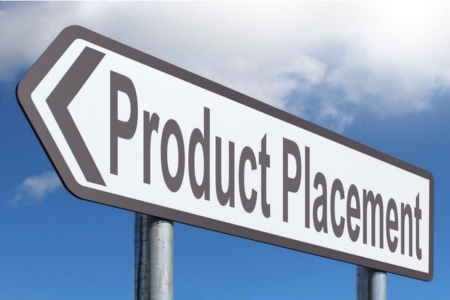
Movies have a global reach. People from all over the world watch them, making it a great way to introduce a brand to new audiences. Plus, movies create a strong emotional bond with their viewers. When people are emotionally invested in a story, they’re more likely to notice and remember the products featured in it. This deep connection helps brands stay in the viewer's mind long after the movie ends.
10 Iconic Product Placements That Changed Brands
Some product placements stand out because they helped change the way we see a brand. These placements didn’t just get a product noticed – they made the brand unforgettable. Here are ten examples where product placements made a huge difference.
Reese’s Pieces in E.T. the Extra-Terrestrial
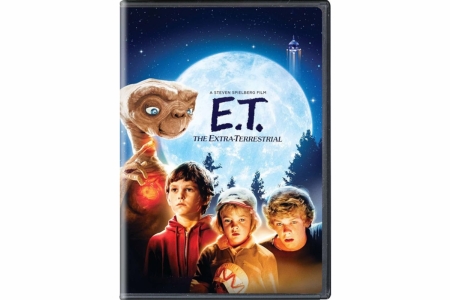
In E.T., Reese’s Pieces became a household name. The candy was featured when E.T. lured the alien with the colorful candy. Initially, M&Ms were supposed to be used, but they turned the opportunity down. Hershey’s stepped in and gave their candy a starring role. After the movie came out, Reese’s Pieces saw a 65% jump in sales. This placement made Reese’s Pieces one of the most recognizable candy brands.
Ray-Ban Sunglasses in Top Gun
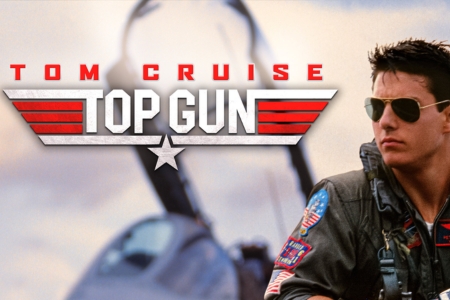
In Top Gun, Ray-Ban sunglasses became a symbol of cool. Tom Cruise’s character, Maverick, wore sunglasses, and suddenly, they were everywhere. This helped Ray-Ban reach new heights of popularity. The placement helped transform the sunglasses from a simple accessory into an icon of style. Ray-Ban’s association with the film made it even more desirable to fans and consumers.
Aston Martin in the James Bond Series
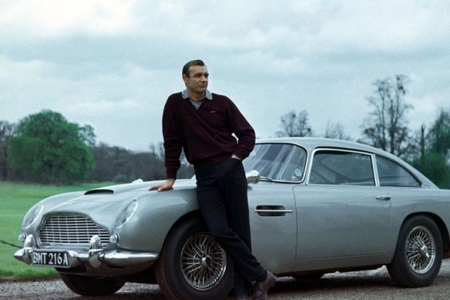
James Bond is all about style, sophistication, and luxury, and the cars he drives reflect that. From the very first film, Aston Martin became Bond’s car of choice. The brand’s association with the character created a lasting image of elegance and class. It wasn’t just about the cars – it was about how they fit into Bond’s world of espionage and adventure. Thanks to the films, Aston Martin became a symbol of luxury, attracting a new generation of customers.
FedEx in Cast Away
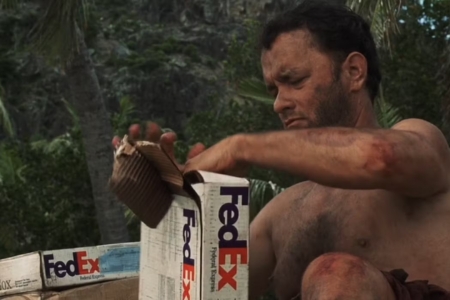
In Cast Away, FedEx wasn’t just a delivery company – it was part of the plot. Tom Hanks’ character, Chuck Noland, works for FedEx and ends up stranded on a desert island. The FedEx packages play a key role in the story, and they helped show how the brand is reliable, no matter where you are. After the film, people began associating FedEx with dependability, even in extreme situations.
Mini Cooper in The Italian Job
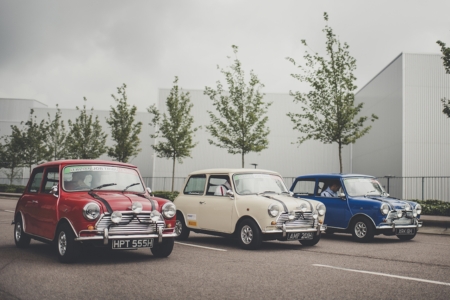
In The Italian Job, the Mini Cooper became more than just a car – it became part of the heist. The fast-paced, exciting scenes involving the cars turned the Mini Cooper into a cultural icon. The brand’s image shifted from being a simple, small car to a symbol of fun, adventure, and excitement. After the movie, sales for the Mini Cooper surged, and it became a popular choice for people who wanted a fun and stylish car.
Wilson Sporting Goods in Cast Away
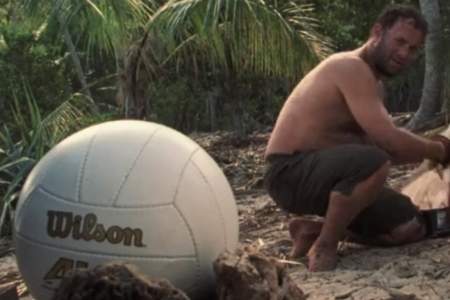
Wilson’s volleyball became a character in Cast Away, even though it wasn’t a person. Tom Hanks’ character uses the volleyball as his companion while stranded on the island. The brand became connected with the idea of survival and loneliness, making Wilson synonymous with the emotional journey of the character. This clever placement turned a regular volleyball into a memorable symbol.
Nike in Back to the Future Part II
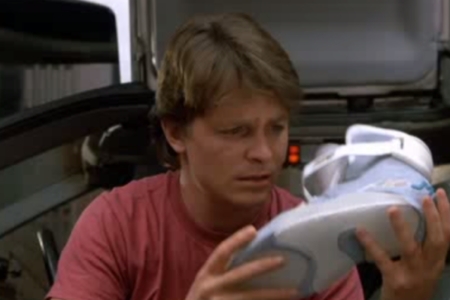
In Back to the Future Part II, Marty McFly wore futuristic Nike sneakers, and suddenly, Nike was seen as a brand that was ahead of its time. The shoes became a symbol of innovation and style, and the connection with the movie gave Nike a futuristic edge. Years later, Nike even released a limited edition of the shoes, making the placement a real-life piece of history.
BMW in the Mission: Impossible Series
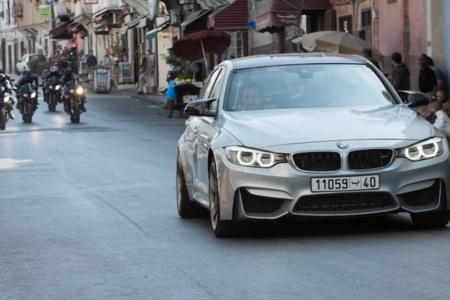
In the Mission: Impossible movies, BMW cars have been featured in high-speed chases and action scenes. These films made BMW cars seem powerful and stylish, perfect for the thrill of the movie. The brand became linked with high-stakes action, precision, and adventure. Fans of the movies began to see BMW as the car to have if you wanted to feel like a part of the action.
Apple in Iron Man
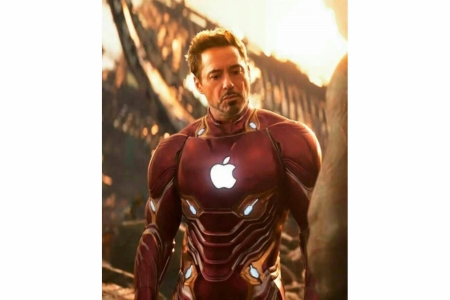
In Iron Man, Apple’s products fit right into Tony Stark’s high-tech world. The sleek design of Apple’s devices matched Stark’s futuristic, cutting-edge image. The products in the film helped strengthen Apple’s image as a tech leader. By being a part of such a high-tech, visionary world, Apple became even more tied to innovation and style.
Coca-Cola in The Truman Show
In The Truman Show, Coca-Cola’s constant presence in the movie wasn’t just product placement in movies – it became a comment on advertising culture. The brand was everywhere, subtly critiquing the overcommercialization of life. Coca-Cola’s role in the movie was both clever and thought-provoking, making it an unforgettable moment that made people think about the power of advertising in real life.
The Changing Landscape of Product Placement
Product placement in movies has come a long way. It started as a simple background element, but now it’s a powerful tool that brands use to connect with viewers in a deeper way.
From Subtle Integration to Central Focus
Earlier on, product placements were small details in the background. Now, they’re often a central part of the plot. Brands are no longer just in the background; they’re integrated into the action and story in ways that feel natural. This shift has made product placements even more impactful, as they’re no longer just extras – they’re part of the story.
Virtual Product Placement
Thanks to technology, virtual product placement in movies is becoming more common. In some films, products are added through CGI after the movie has been filmed. This allows for even more creative ways to feature brands without having to film new scenes. It’s an exciting development that gives filmmakers more flexibility while allowing brands to appear in movies without the need for a physical product.
Streaming and Product Placement
With the rise of streaming platforms like Netflix, Hulu, and Amazon Prime, product placement is finding new opportunities. These platforms give brands the chance to target specific audiences and integrate products into films and shows that appeal to those viewers. The flexibility of streaming has created more ways for brands to connect with their audience.
Lessons for Brands
These iconic product placements show how powerful this marketing tool can be. Here are some things brands can learn from these successful moments.
Match the Brand to the Story
For a product placement to work, it has to fit naturally into the movie. The product should align with the movie’s theme, tone, and characters. If it feels out of place, it won’t have the same impact.
Know the Audience
Brands need to understand the audience of the film they’re working with. If the movie’s viewers are the right demographic, the placement will be much more effective. A great product placement should feel like it’s made for the people watching the movie.
Long-Term Impact
Product placement in movies isn’t just about getting a quick boost in sales. It’s about creating lasting recognition and connection with viewers. Iconic product placements can help build a brand’s image for years to come.
Conclusion: Product Placement’s Lasting Influence
Product placement in movies has proven to be a powerful tool in shaping brand perception. By appearing in movies, brands become part of the audience’s experience, creating emotional connections that can last a lifetime. Advertising agencies play a crucial role in facilitating these brand integrations, helping to identify the right movies and TV shows, negotiate placement deals, and ensure that the product is presented in a way that aligns with the brand's image. As technology and media continue to change, product placement in movies will remain an important part of how brands connect with consumers. It’s a strategy that works, and with the expertise of advertising agencies, it will continue to influence how we see brands in the future.
FAQs
Product placement is when a brand or product is featured in a movie. It’s a powerful marketing strategy because it promotes the product in a way that feels natural to the audience, creating a memorable connection without direct advertising.
Product placement increases brand awareness and trust. When a product appears in a popular movie, viewers associate it with the film's positive qualities, building familiarity and credibility, which can influence their purchasing decisions.
Iconic examples include Reese’s Pieces in E.T., where candy sales skyrocketed, and Ray-Ban sunglasses in Top Gun, which became a symbol of coolness and style, elevating the brand’s status.
Product placement has evolved with digital and CGI integration, allowing brands to appear on streaming platforms and animated movies. This provides more flexible, creative, and targeted opportunities to reach audiences.
Businesses should align their products with the movie’s theme and target audience. Successful placements feel natural in the storyline, which helps to connect with viewers and positively influences their perception and purchasing behavior.



